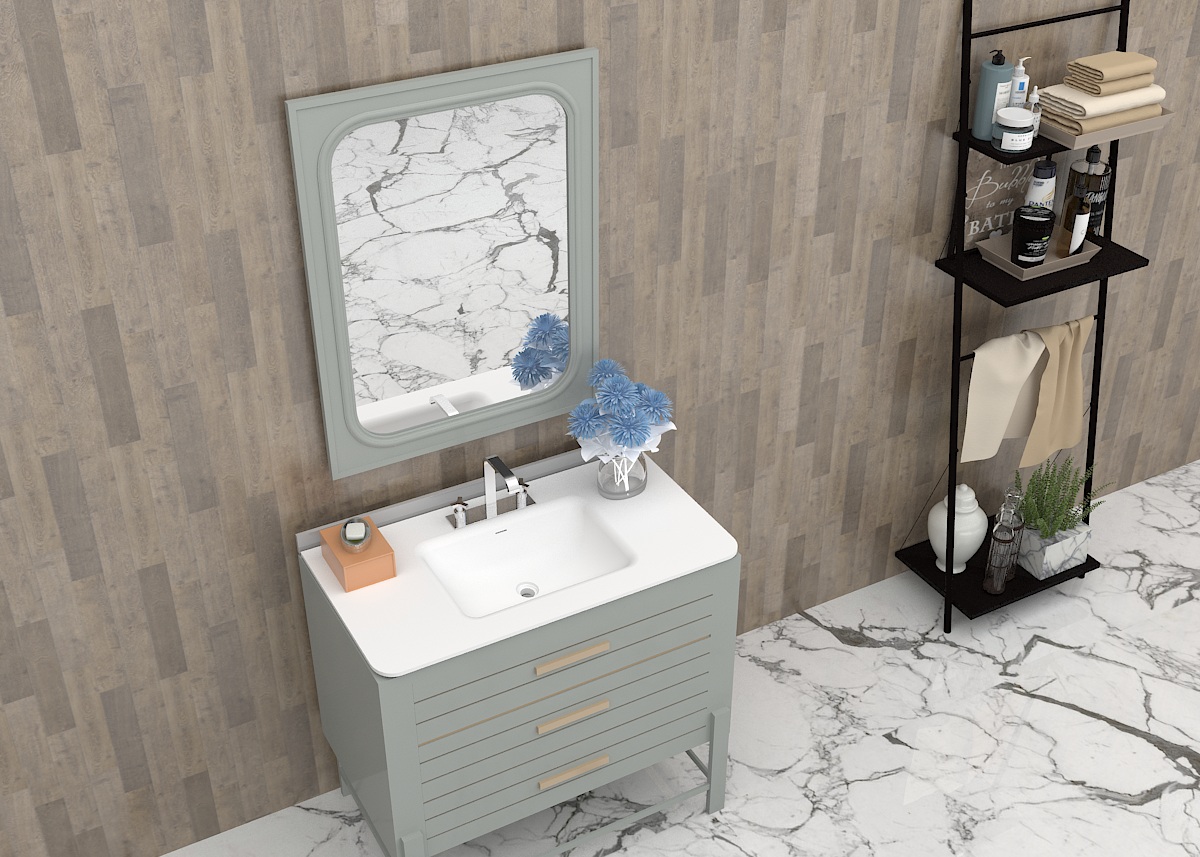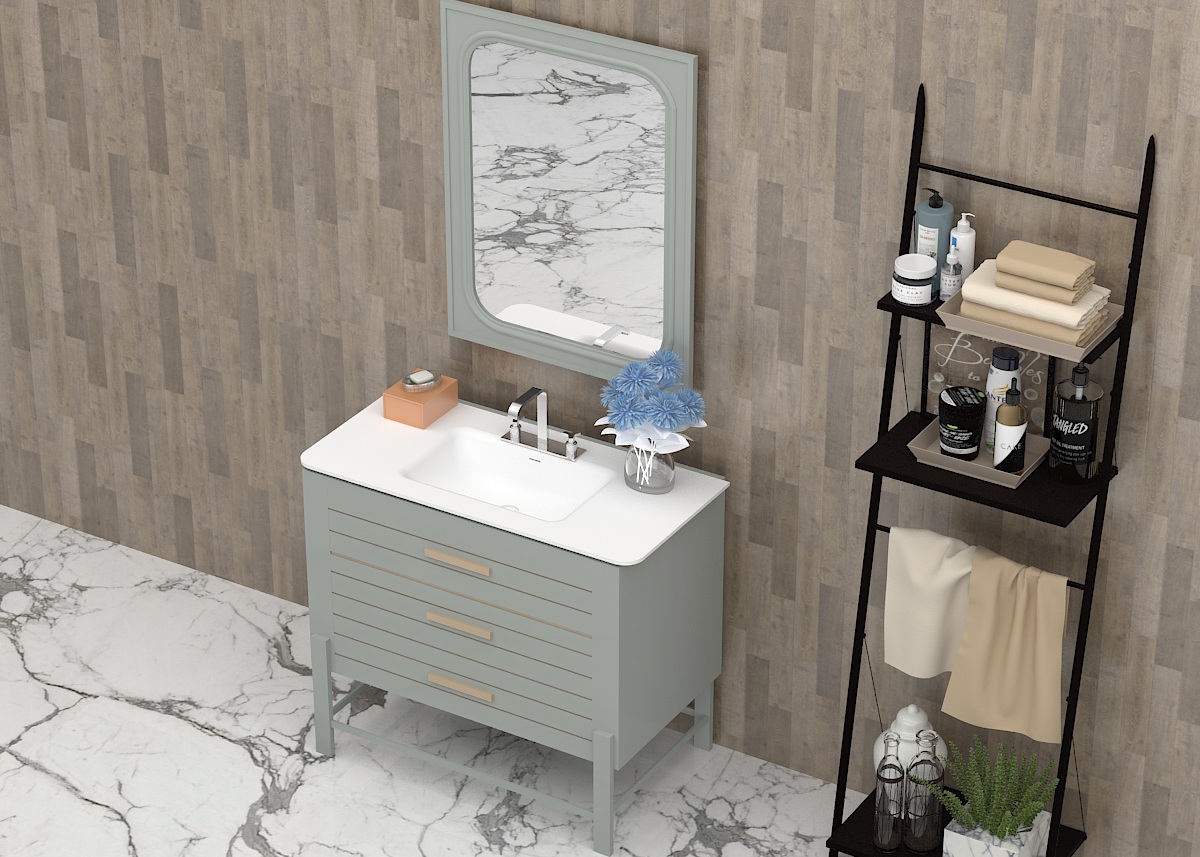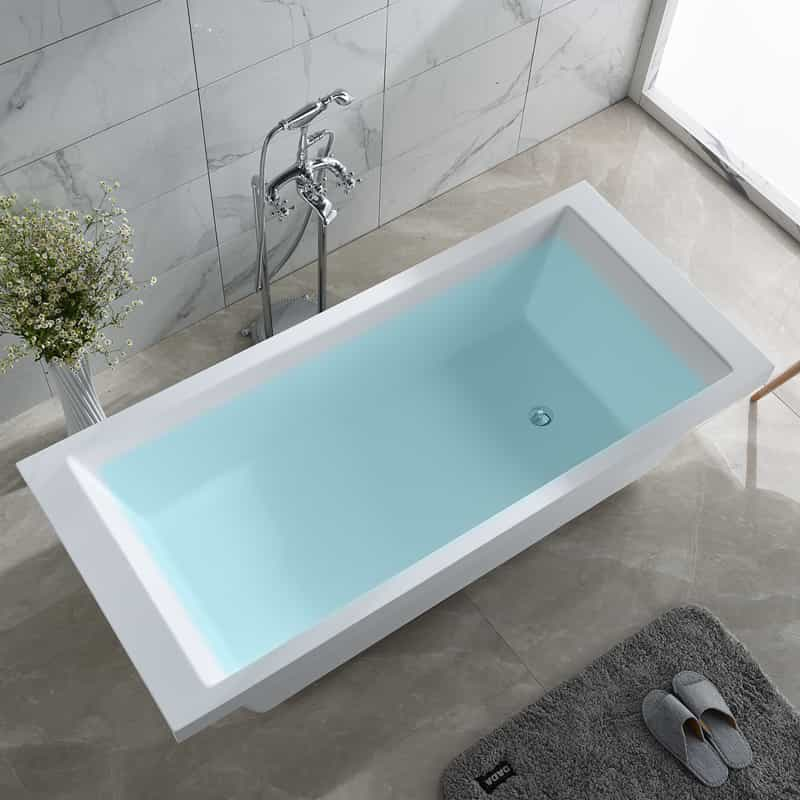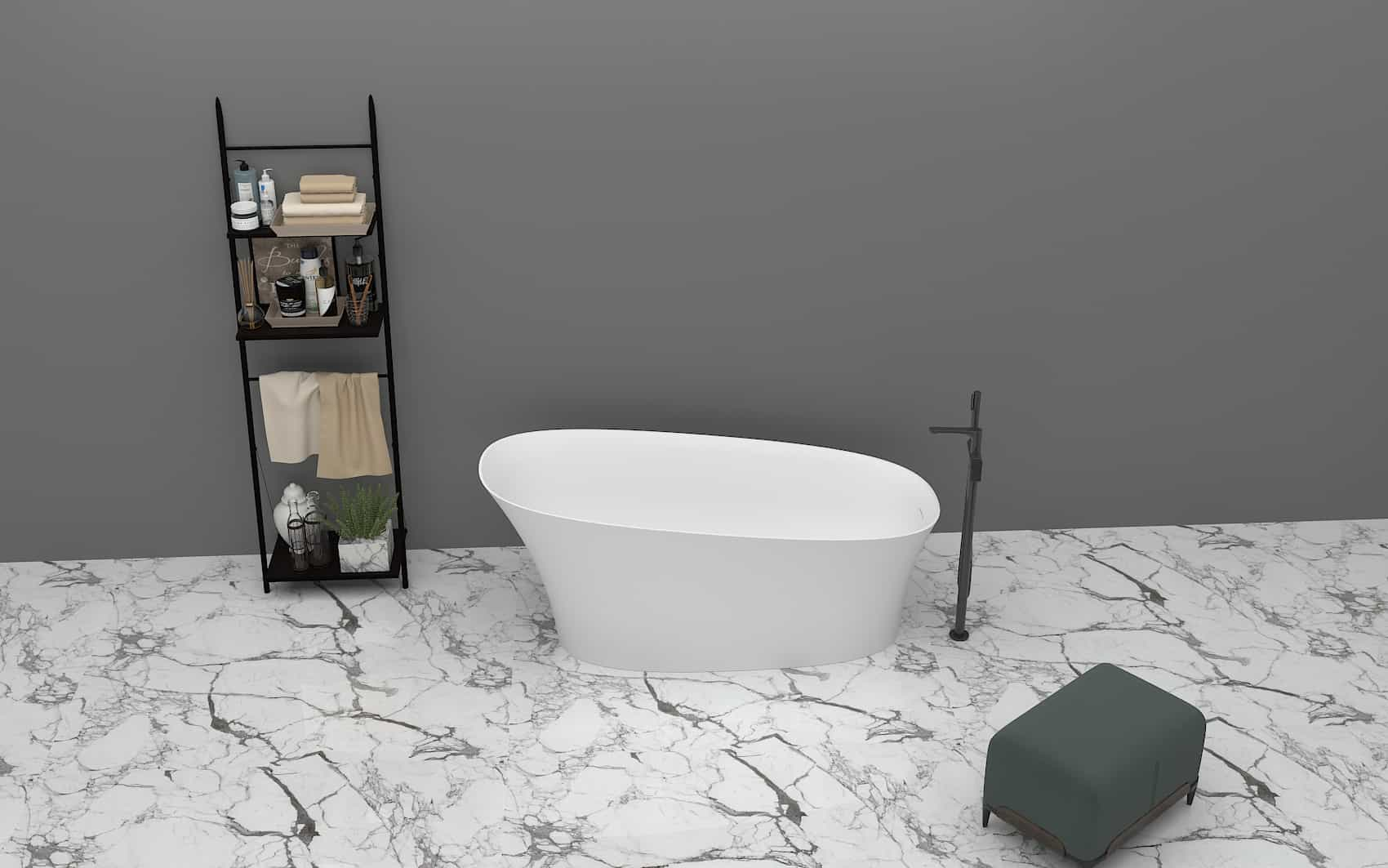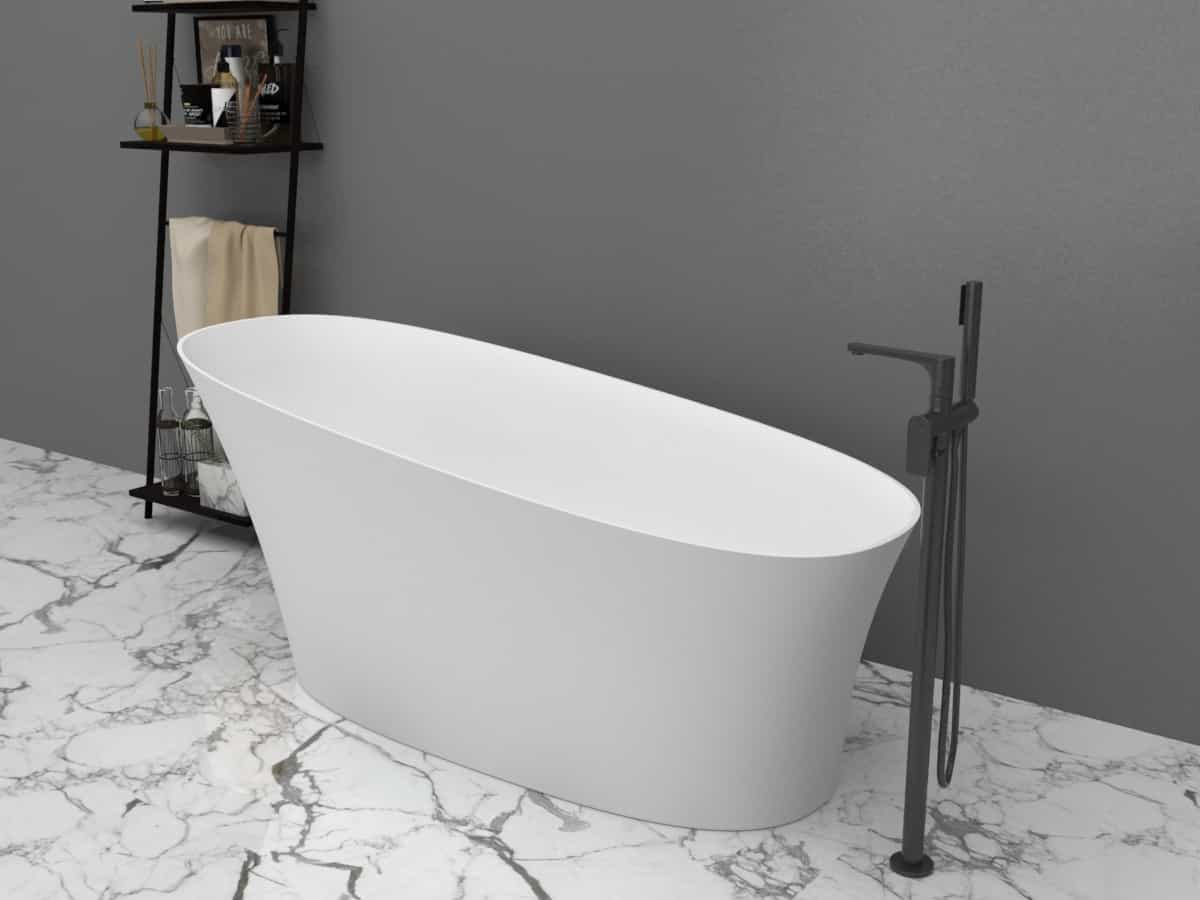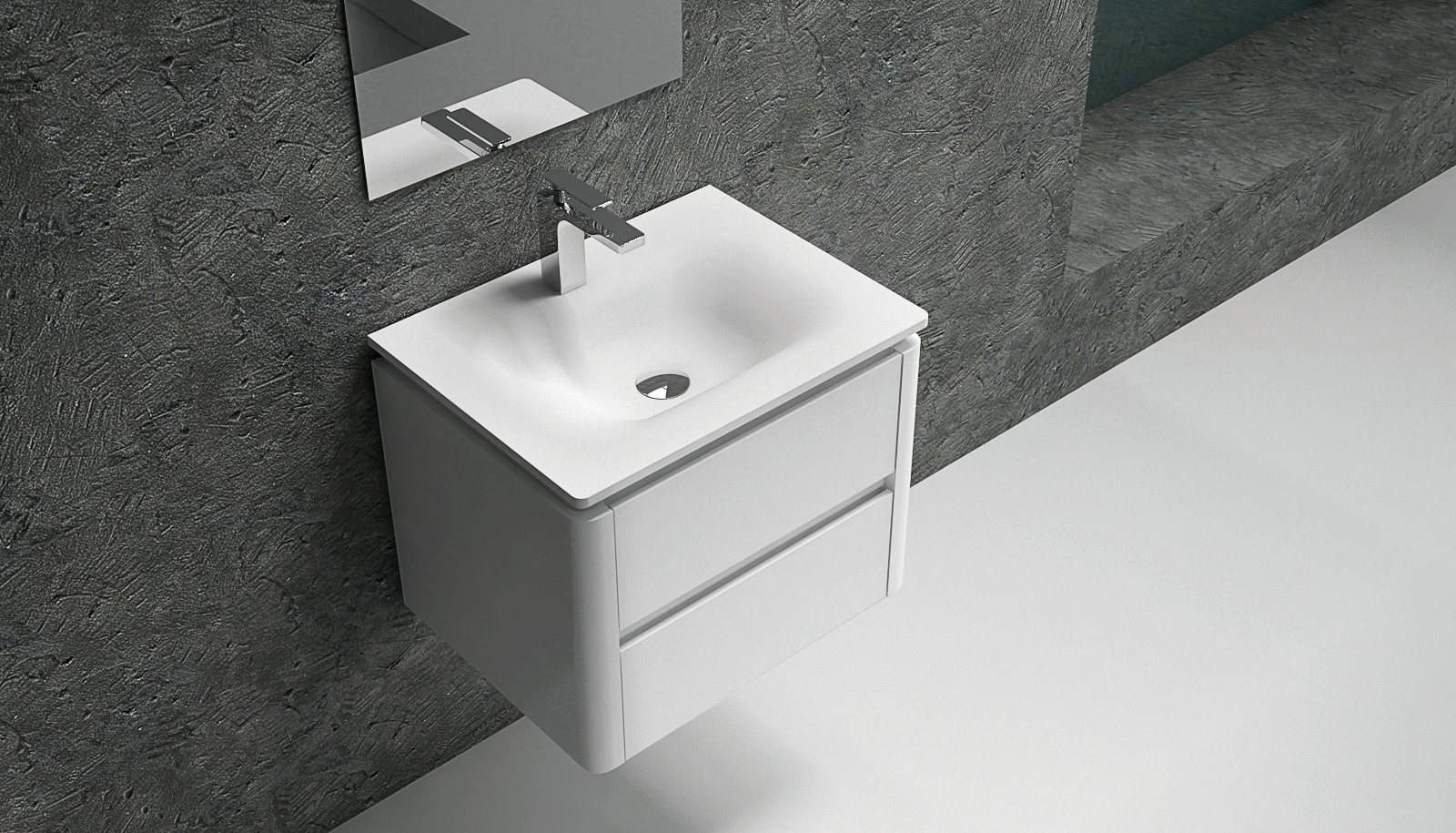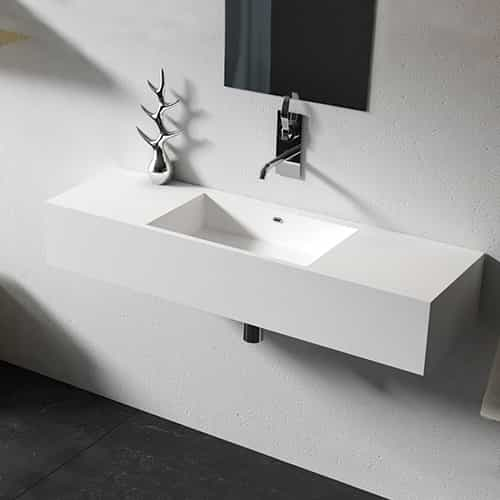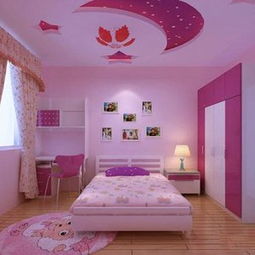
Children’s room decoration design is different from the ordinary room, because the child is relatively small, so we must create some good living environment for children from the perspective of safety, today Fuwojia home network will take you to see what the basic principles of children’s room design, hope to give you a reference.
The basic principles of children’s room design are: 1, safety first, 2, large activity space, 3, lively and bright colors, 4, soft materials, 5, furniture size adjustment, 6, changeable decoration, 7, adequate lighting, 8, joint participation in planning.
1. Safety first
Safety is one of the key points to consider in the design of children’s rooms. Children are in the stage of being active and curious, and lack of self-protection awareness. Therefore, in the design, we need to take care to avoid all possible accidental injuries. Such as in the window guardrail, furniture as far as possible to avoid the appearance of corners, the use of arc edge. Decorative materials should also use non-toxic safe building materials. Furniture, building materials should be selected durable, withstand the destructive force, high use rate.
2. Large activity space
Children are active, so the room should be as spacious as possible. And children also like to graffiti on the wall, so in the activity area can design a scraper, so that children have a place to graffiti, free Posting world. This will not destroy the overall space, but also stimulate the child’s creativity. Children’s art works or works by hand can also be used to display boards or add a laminated shelf in a corner of the space, which not only satisfies children’s sense of achievement, but also achieves the role of fun display.
3. Vivid colors
Children’s world should be colorful, so the children’s room color design should be rich, color might as well more contrast color, greater contrast, in order to meet the curiosity of children, furniture color is best to bright, relaxed, pleasant as the choice direction.
4, the material is soft
Due to the strong activity of children, the selection of materials in the children’s room space should be soft and natural materials, such as carpet, logs, wall cloth or plastic. These durable, easy to repair and inexpensive materials provide a comfortable sleeping environment without safety concerns for parents.
5, furniture size adjustment
The child’s body develops fast, the size of the furniture should be the best to change, such as the table is best to adjust the height, according to the height of the child to adjust the height.
6, the decoration is changeable
Children like freshness, so the design of children’s room should consider that children can readjust the decoration at any time, space attributes should be multifunctional and changeable. Furniture may choose easy to move, high combination, convenient for them to readjust the space at any time, furniture color, pattern or knick-knacks change, help to increase the children’s imagination of space.
7. Adequate lighting
Children’s room must have enough light, appropriate and sufficient lighting, can make the room warm, have a sense of security, help eliminate the fear of children alone, and children learning also need to have enough light, so as not to hurt the eyes.
8. Participate in planning together
Each child’s personality, preferences are different, even parents may not be able to fully grasp the child’s preferences, so parents may wish to talk with their children more, understand the child’s preferences and needs, on the room decoration requirements, and let the child to participate in the design, decorate their own room.







